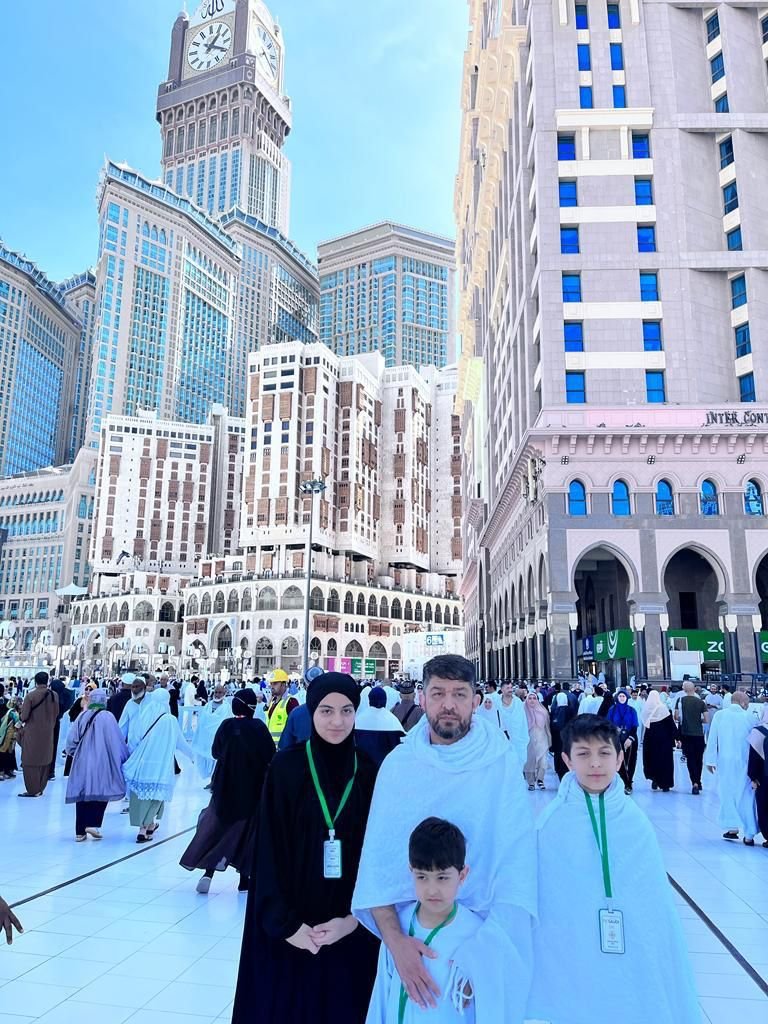Umrah is a highly recommended minor pilgrimage to the holy Kaaba; it is a spiritual act of worship where Muslims set on a journey to the holy city of Makkah to ask for the forgiveness and blessings of Allah. Muslims can perform Umrah at any point during the year except for the period of Hajj.
Rituals of Umrah
Umrah encompasses numerous, significant formalities, from wearing the Ihram (a special piece of clothing), performing Tawaf around the Holy Kaaba, crossing lines of Miqat, Tawaf around the Holy Kaaba, pacing between the hills of Safa and Marwa (Sa’ee), and doing Halq (shaving) or Taqsir (trimming).
For a detailed list of all the traditions and rituals of performing Umrah, read below:
-
Ihram
One of the most essential requirements when performing Umrah and before entering the holy land of Makkah is that you should be in the state of Ihram. This is necessary for starting the Tawaf.
-
Tawaf
To prepare for the Tawaf, the pilgrim must ensure ablutions have been performed. The starting point for the tawaf is upon reaching the Black Stone (al-Hajar al-Aswad).
Make your Niyyah (intention) here to start the Umrah.
When you are facing the Black Stone, you may kiss it, or touch it with your hand. Or if you are unable to do both of these things, recite a prayer with your hands facing the Black Stone. This is known as Istilam. Now the pilgrim may begin the seven circumambulations (Tawaf) around the Kaaba which involves walking counter-clockwise – moving right while keeping the Kaaba to your left.
There are no set prayers to be recited while performing the Tawaaf but you can recite some supplications. When you reach the Black Stone after competing around, perform the Istilam again. Keep performing in circles until you have completed the seven rounds around the Kaaba, including Istilam at the end of each trip.
Amid the Black Stone and the door of the Kaaba is a holy place known as Multazam – which is an ideal place to pray. Here you can ask for Allah’s mercy; you can simply face this area and pray for anything.
-
Maqaam-e-Ibrahim:
After completing the Tawaf, you should head towards the Maqaam-e-Ibrahim and offer two rakaats.
-
Safa and Marwah:
Next, a Muslim should perform the Sa’ee – traveling between the two hills of Safa and Marwah. You first reach Safa where you climb the hill while facing the Kaaba, recite your choice of supplication.
Next, you reach Marwah, face the Qibla, and recite the supplications you prayed at Safa. For the departure journey, you walk back and if a man can, he should run. This is the second route, a pilgrim should repeat till seven passages have been finished, marking the end of your Sa’ee at Marwah.
-
Cutting of Hair
Once your Sa’ee is completed, men should clip their hair or shave their heads. While women should trim their hair one or two centimeters,. All the prohibitions during the Umrah are now lifted and you may wish each other Umrah Mubarak!


Comment (0)